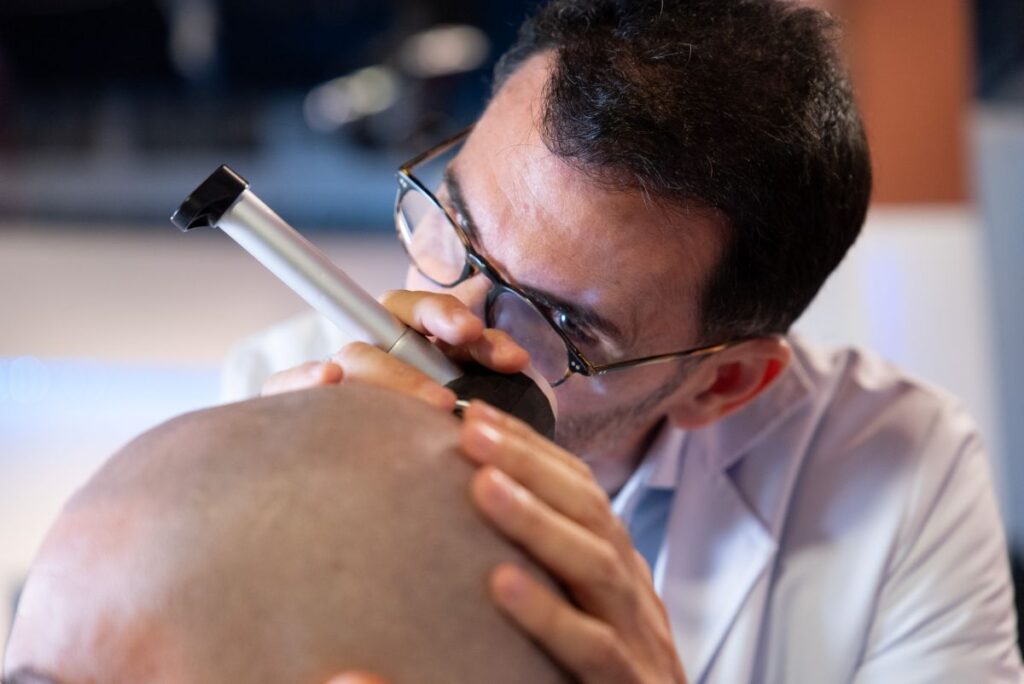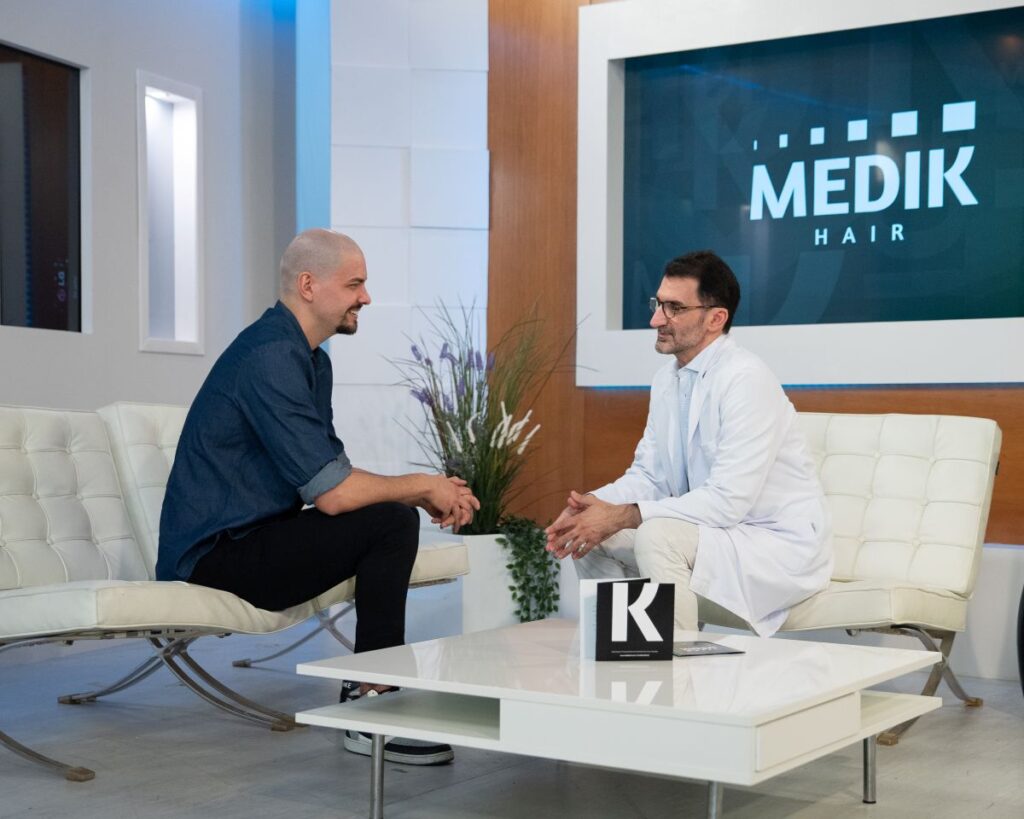Aesthetic medicine continues to evolve and adapt to the demands of a public increasingly interested in improving their appearance in a subtle, effective way and with minimal recovery times. By 2025, microinvasive aesthetic interventions promise to become the most popular in Spain and the world, thanks to technological advances and their accessibility. Among the most prominent are botulinum toxin treatments, hyaluronic acid fillers, skin tightening procedures with ultrasound or radiofrequency, and, of course, hair grafts, which are gaining more and more followers.
Rising trends: naturalness and accessibility
The main driver of these trends is the search for natural results. Patients do not want drastic transformations, but small touch-ups that allow them to look and feel better without it being obvious that they have undergone an intervention. In addition, the growing number of specialised clinics and competition in the sector have democratised access to these treatments, allowing more people to benefit from them. However, what people are looking for the most is a smooth and effective patient-doctor relationship. personalised care who accompanies them on a day-to-day basis, as opposed to the mass, standardised treatment of the clinics of the past.
The rise of hair grafts in Spain
Among all the microinvasive interventions, the hair transplant stands out as one of the most sought-after in Spain. Historically associated with exclusive treatments or trips abroad, this technique has undergone a real revolution in recent years thanks to technological advances and the proliferation of specialised clinics in the country.

Key factors in the rise of hair grafting:
- Advanced technology: Techniques such as FUE (follicular unit extraction) have made it possible to perform more precise and less invasive procedures, with natural results and imperceptible scars.
- Affordable costs: What was once a luxury reserved for the few is now within the reach of the many thanks to market competition and flexible financing options.
- Social normalisation: More and more public figures and ordinary people are talking openly about their hair transplants, helping to remove stigmas and taboos.
- Positive emotional impact: By restoring density and shape to the hair, patients not only regain their image, but also their self-esteem, making this treatment an integral investment in well-being.
The patient profile has also changed. Men and women of all ages are seeking solutions for hair loss, motivated by both aesthetic and psychological reasons. In addition, the trend is reinforced by a growing interest in prevention: many people are opting for hair treatments before hair loss becomes severe.
The future of microinvasive interventions
By 2025, microinvasive treatments are expected to continue to evolve towards personalisation. The combination of technologies, such as artificial intelligence and bioengineering, will make it possible to design treatment plans tailored to the unique needs of each patient. In the case of hair grafts, this could result in even more effective and less invasive procedures.
The growth of microinvasive aesthetic interventions reflects not only a shift in aesthetic priorities, but also a greater appreciation of holistic wellbeing. With hair grafts leading this revolution, the future of aesthetic medicine in Spain promises to be as exciting as it is accessible.






